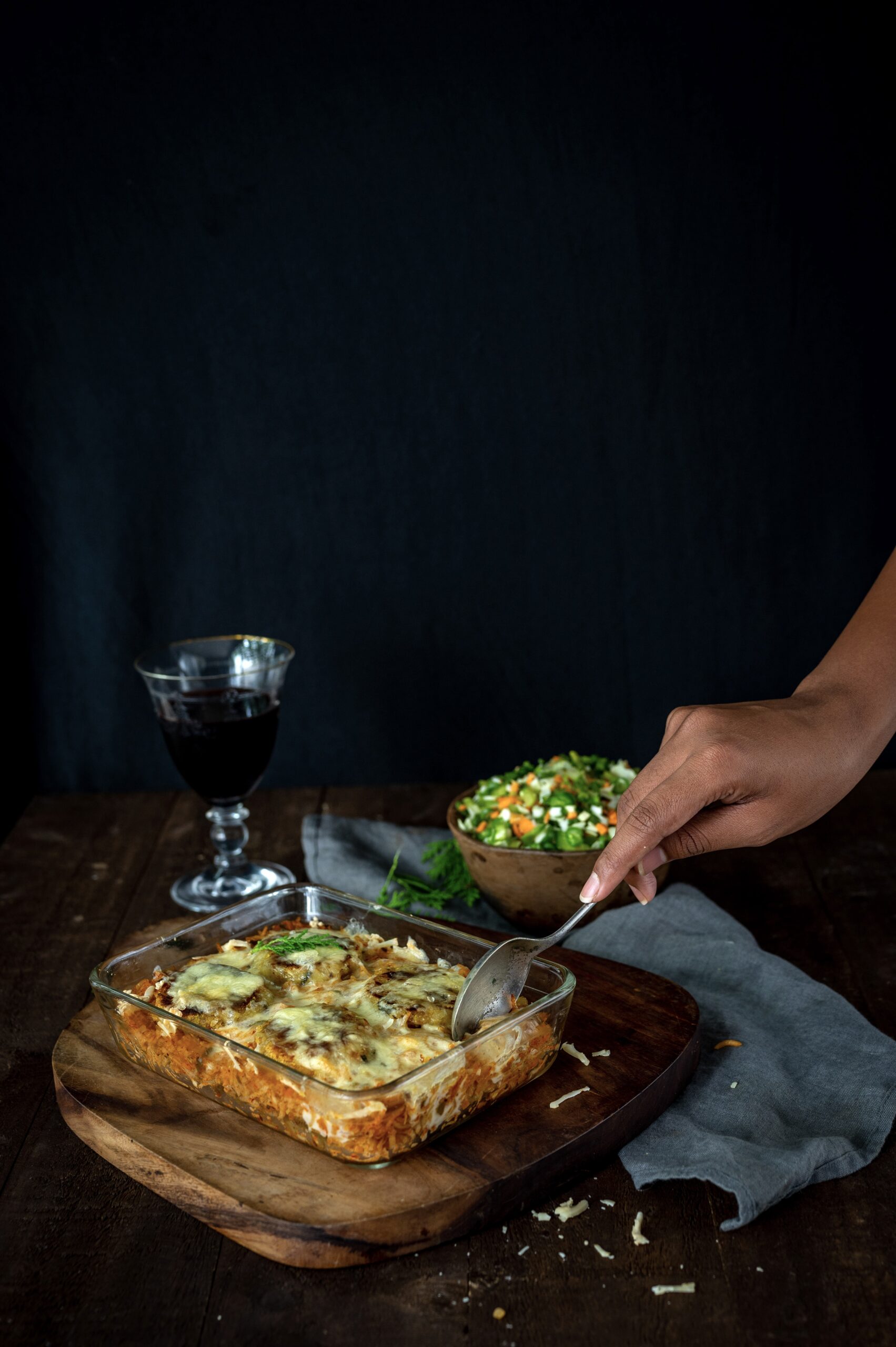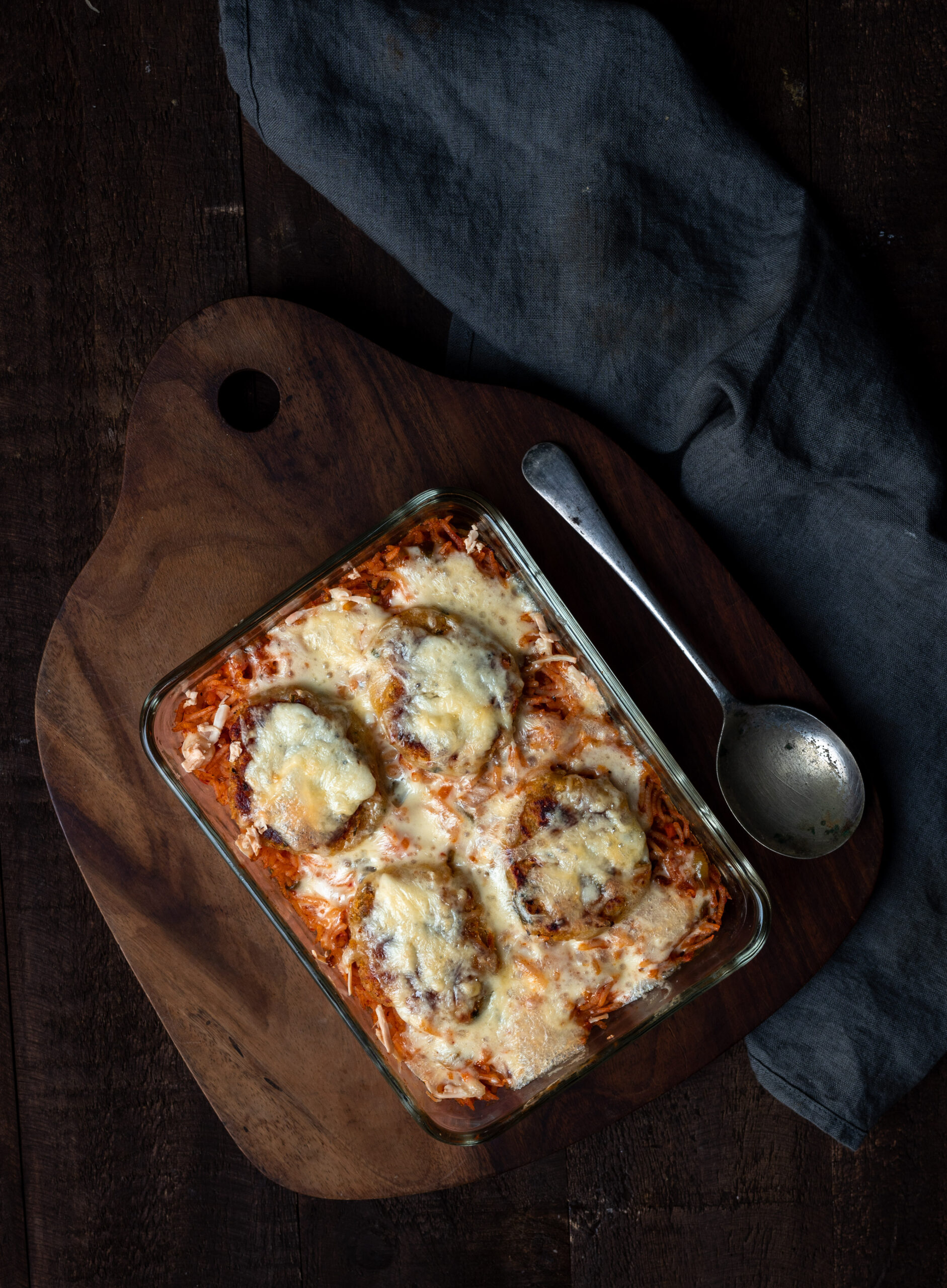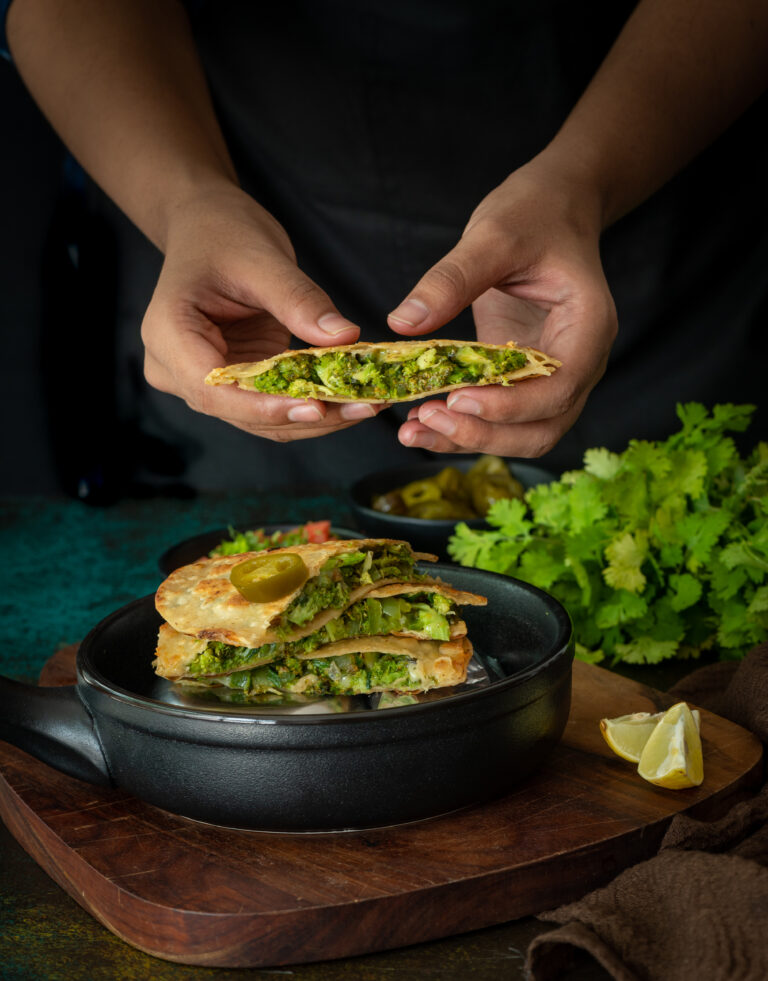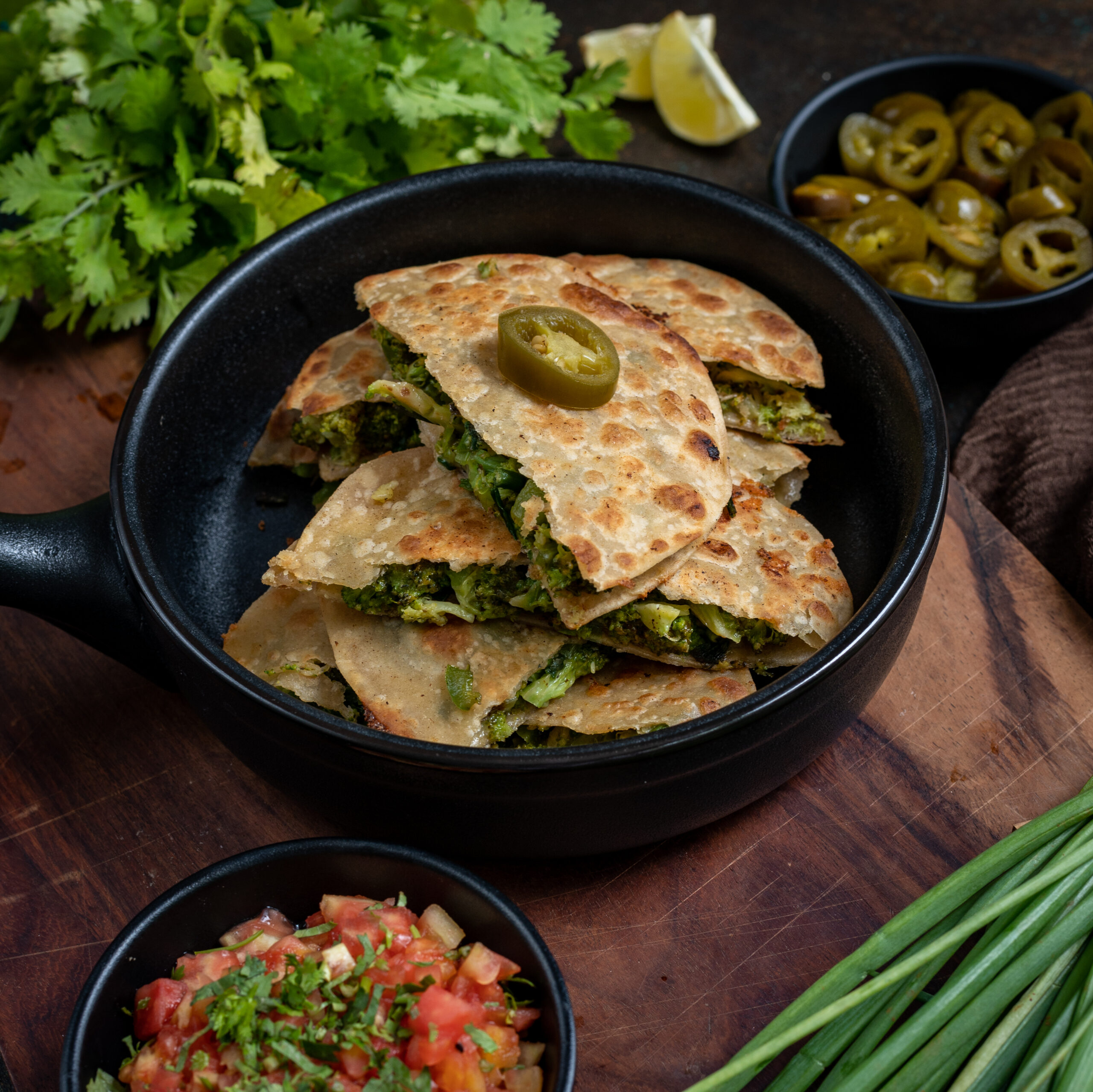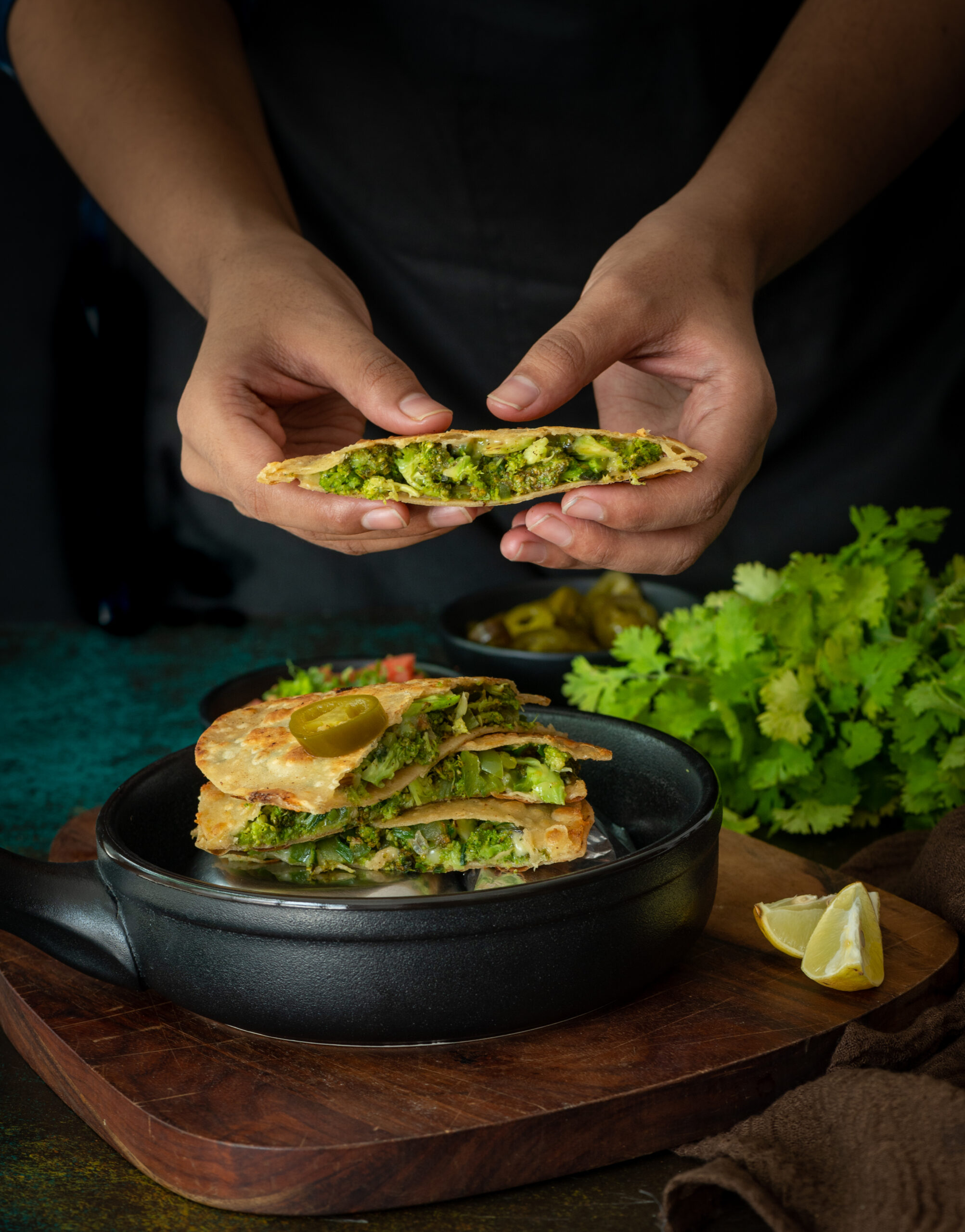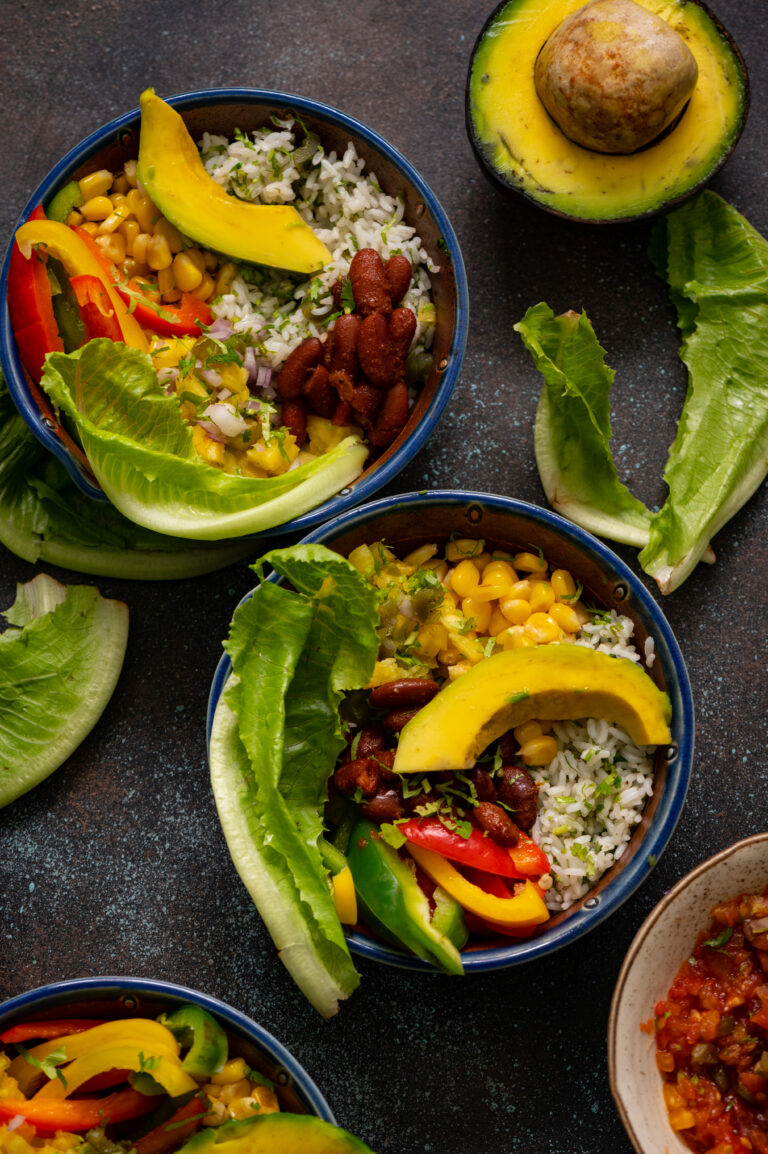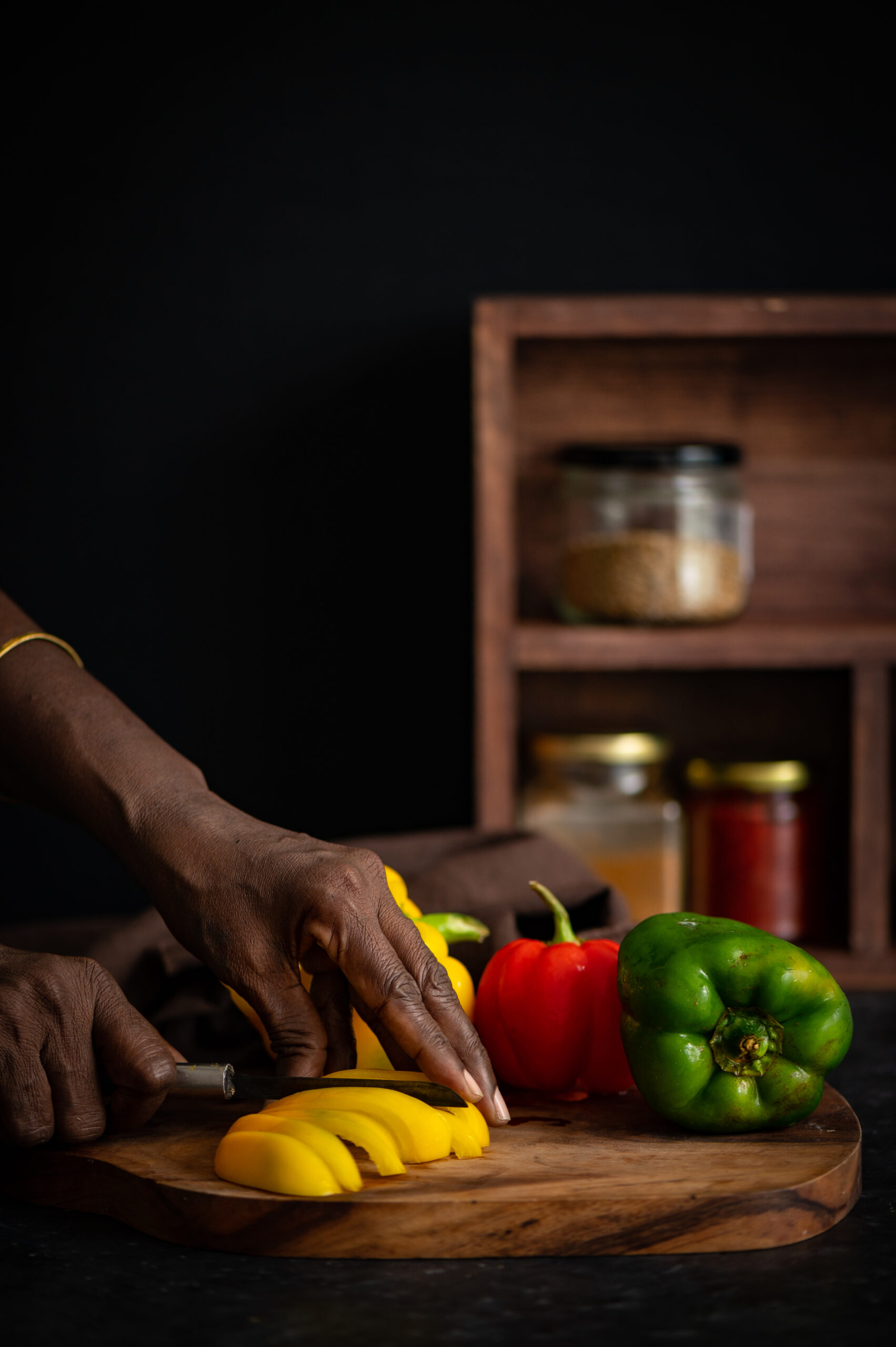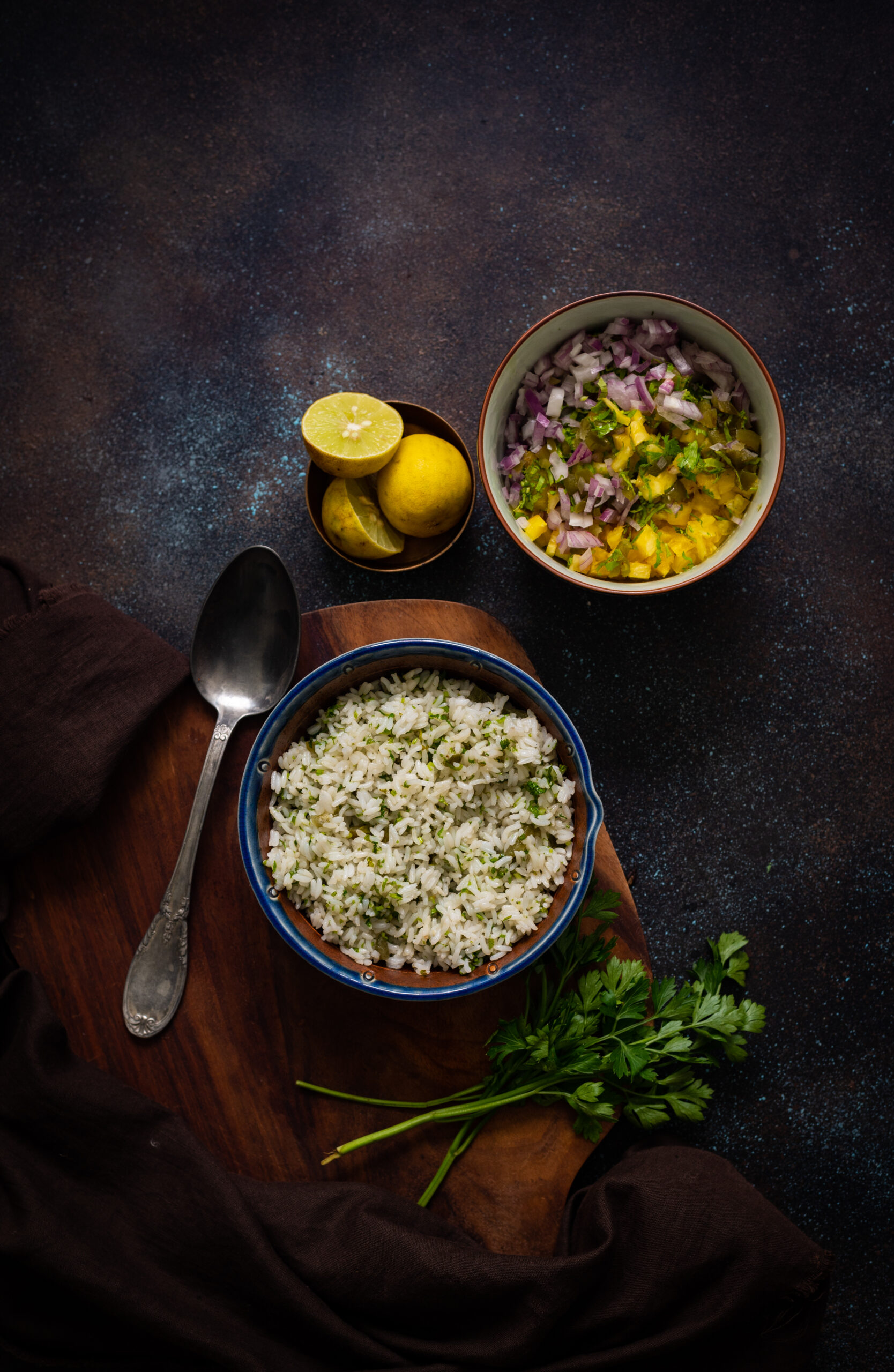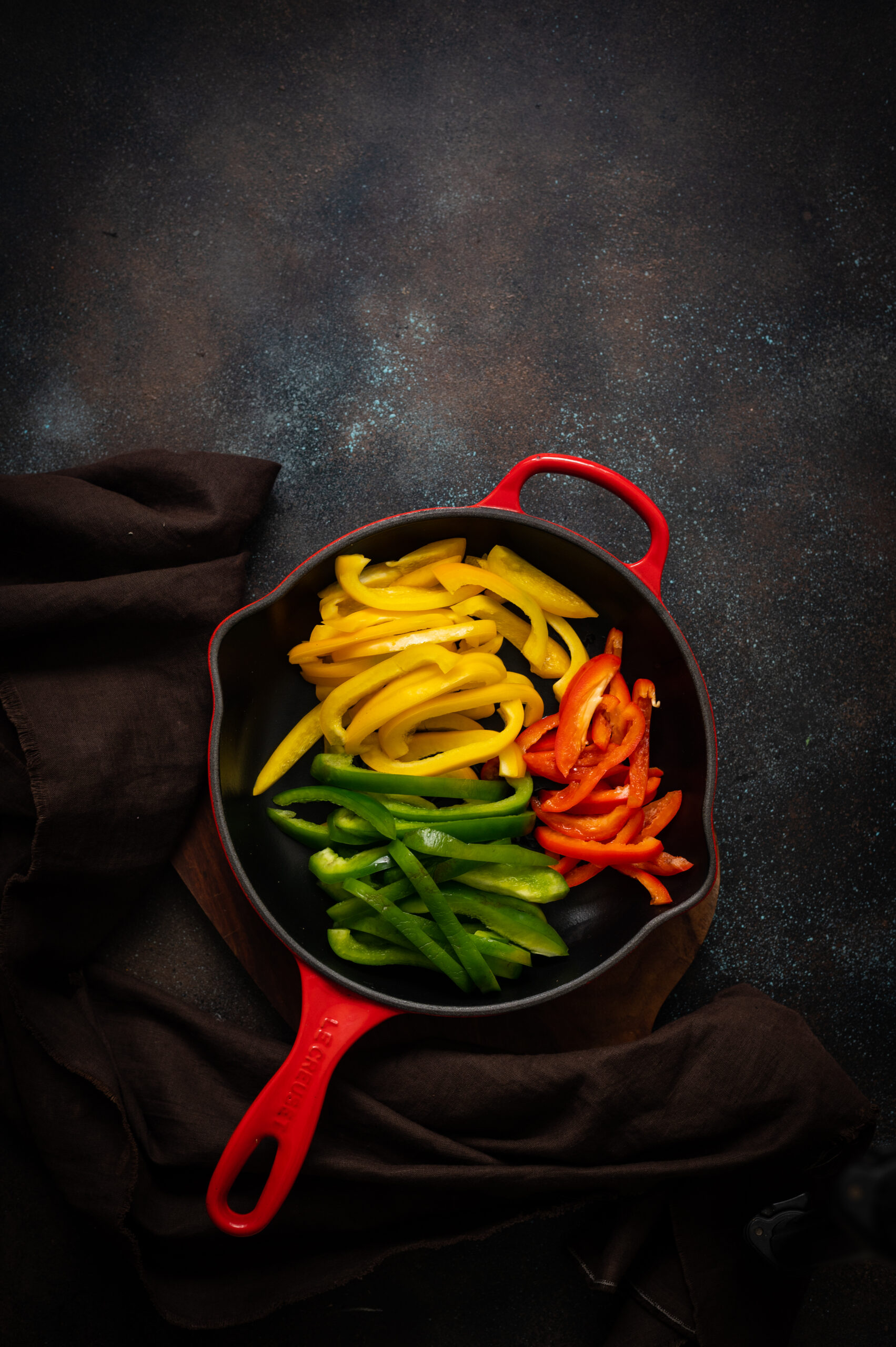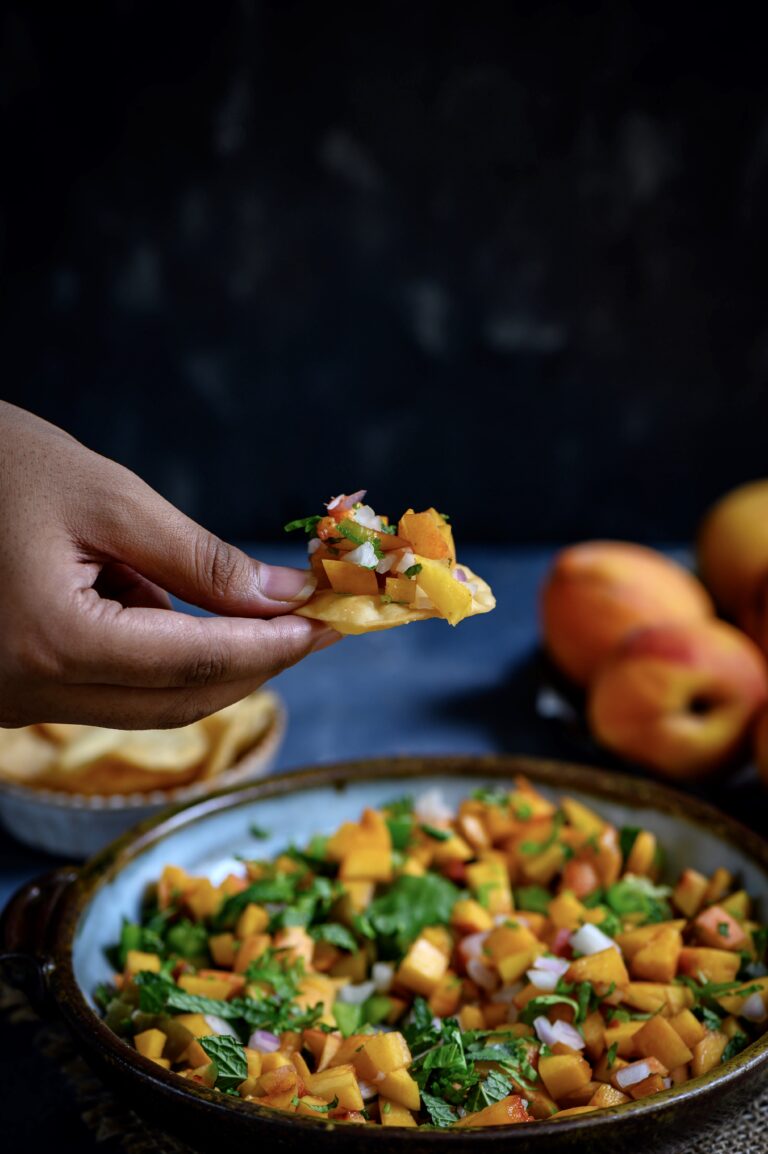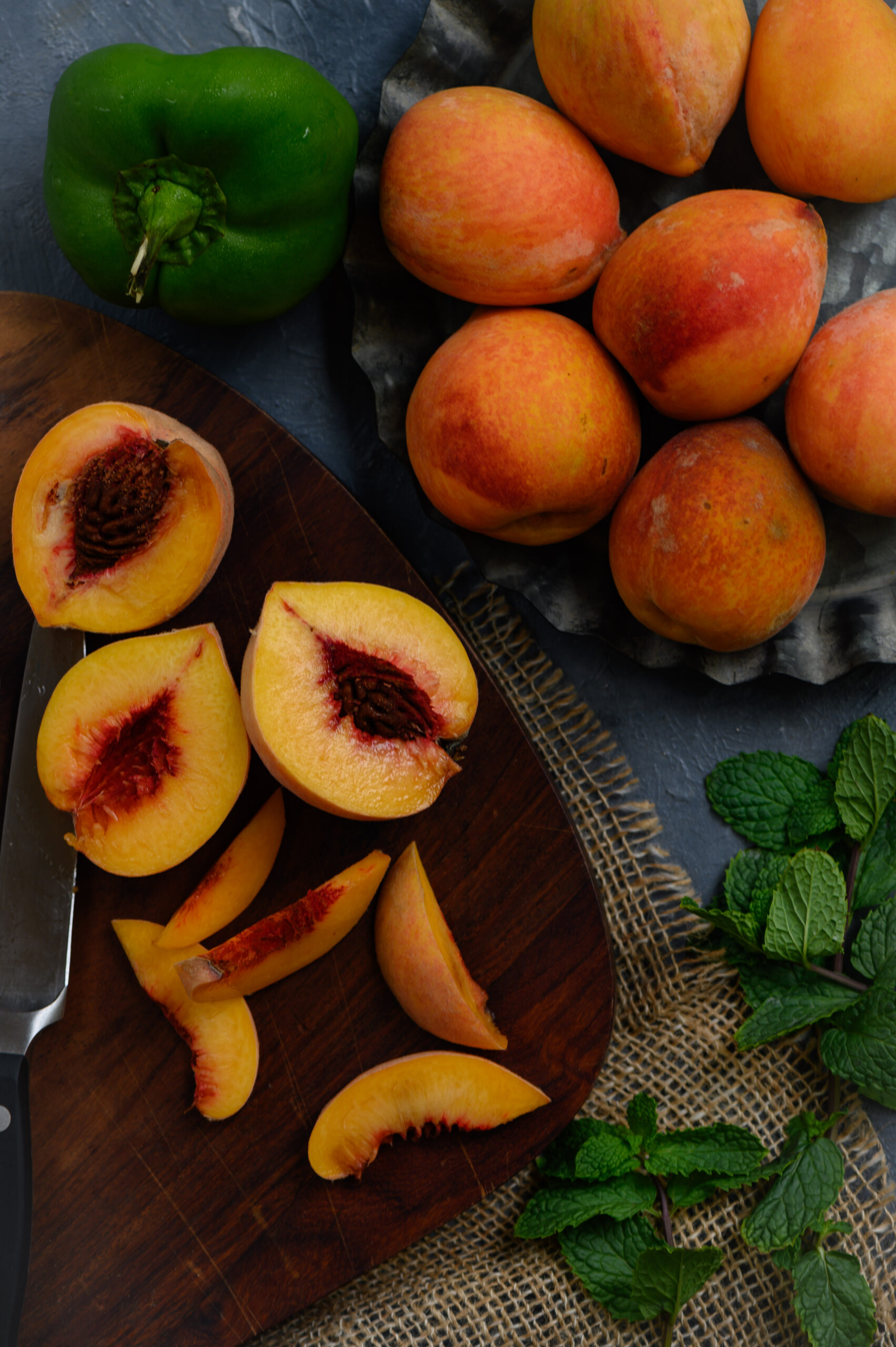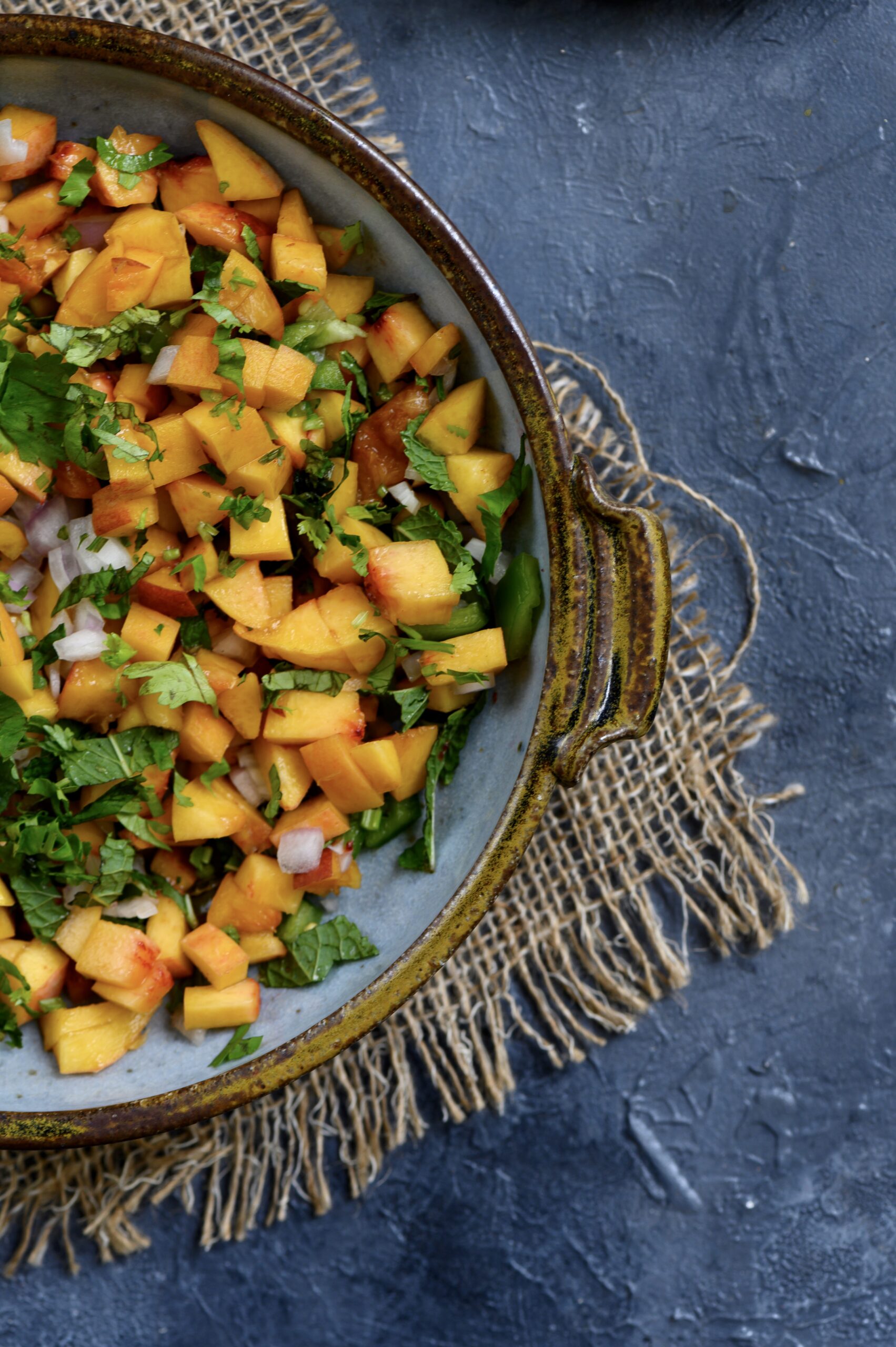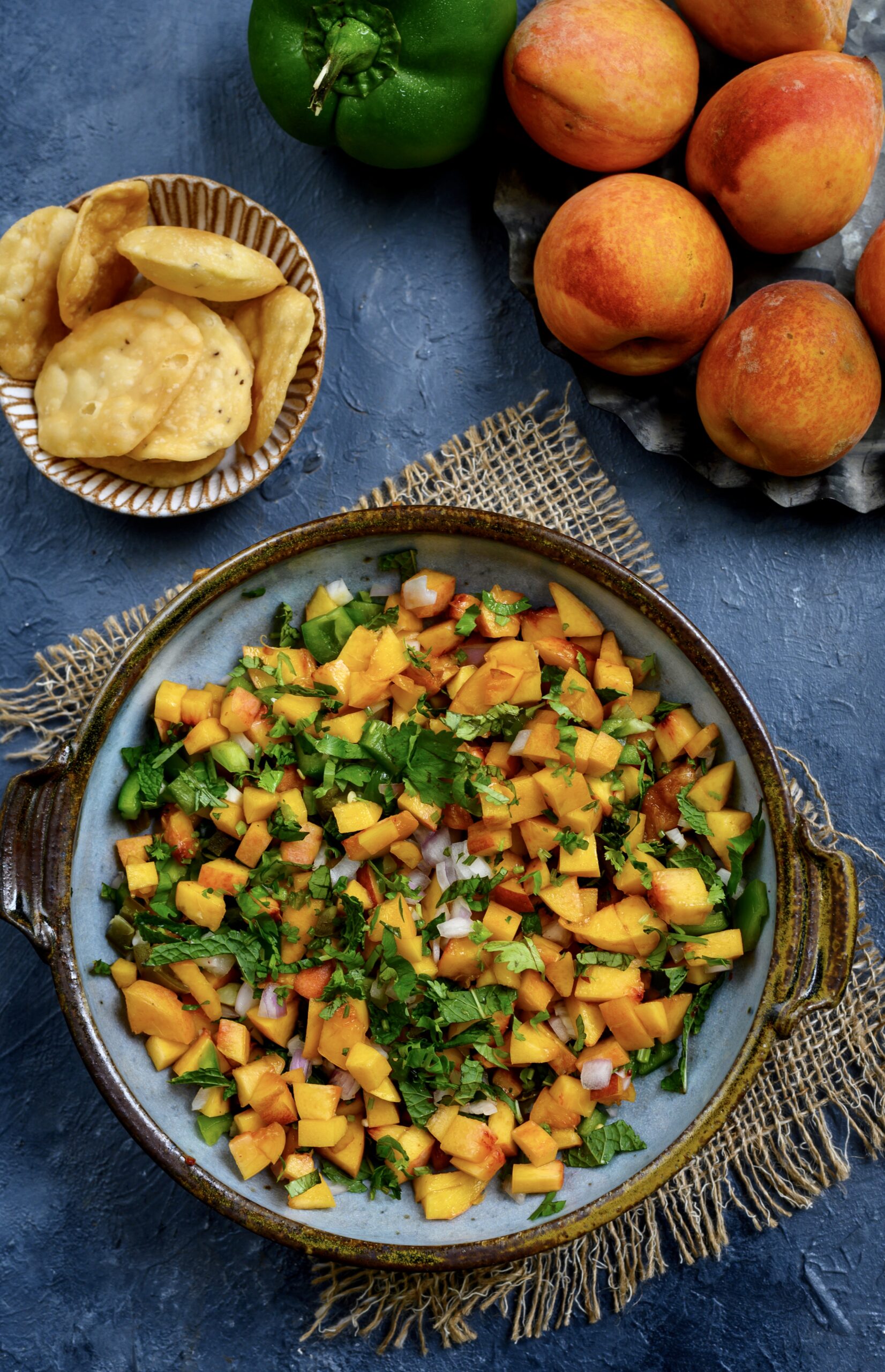Do you remember my thepla tacos, a dish that uses Gujarati flatbreads in place of traditional tacos in a fun Indo-Mexican fusion? I hope you tried those out and enjoyed them just as much as we do, but here’s something I didn’t tell you: I also make Mexican-style tacos. Regular tacos, that is, without any multi-cuisine flair. There was a time when I took great pride in those tacos, and they do remain very popular with my kids and their friends. But one day, one of my own friends came over, had a taste, and said: “This is an Indian version of a taco”. I must confess that that hit me quite hard, as I had thought that I made the best tacos this side of the world! I decided to take it in stride, and that was when I began exploring the fusion version. However, I never stopped making my Mexican, or maybe Mexican-inspired, tacos either (perhaps I’ll share that recipe in future). Whenever I do, I serve them alongside Mexican rice.
Yes, this too may be Mexican rice in my style, but the secret to it is using ingredients from the original version. I use a chilli powder called chipotle (which is also available in paste form). It adds a distinct, smoky flavour to the rice. You can source it quite easily from various online retailers in India. Jalapeño, another Mexican pepper that is quite widely available here as well, also kicks up the authenticity quotient further.
However, I do add my own twist. I make very thin, little potato patties and place them on top of the rice. I grate some cheese on top and then bake it. This adds something distinctive to the dish. After all, cooking is all about each person bringing their own unique sensibility to the recipe, contributing to it in some way. You will notice how I always encourage you to play around with the recipes I post here (except when it comes to the science of baking). I share my recipes with you so that you can expand on them, and make them in your own way.
My love for Mexican rice began long before I ever travelled to Mexico, and that was because of a recipe, too.
The legendary Tarla Dalal came out with cookbooks in India long before the Internet made it possible to find any recipe with a few clicks. They were very coveted, and were in high demand as birthday gifts. I recall photocopying specific pages for friends, and asking friends if I could borrow theirs to do the same for particular recipes. They really were all the rage, and spanned a number of global cuisines: among them Chinese food, chaat – and you guessed it – Mexican food. That was where I first encountered Mexican rice. Back then, chipotle and so on were not available here, so I made do with my own spices, learning and tweaking along the way.
I received many cookbooks in Tarla Dalal’s series during my early 20s, and I still keep them on my shelves to this day. The pages have turned a pale yellow but they are among my prized possessions, and I still love to riffle through them. Mine are full of bookmarks: a scrap of paper, an invitation card, a greeting card. It is so lovely to hold these books and browse through them again because I’ll suddenly discover a postcard from 1985 or a note from 1992 and take a little trip down memory lane. With such precious sentiments involved, I hardly care if this is real Mexican rice or not – it’s mine, full of the flavours of my life.
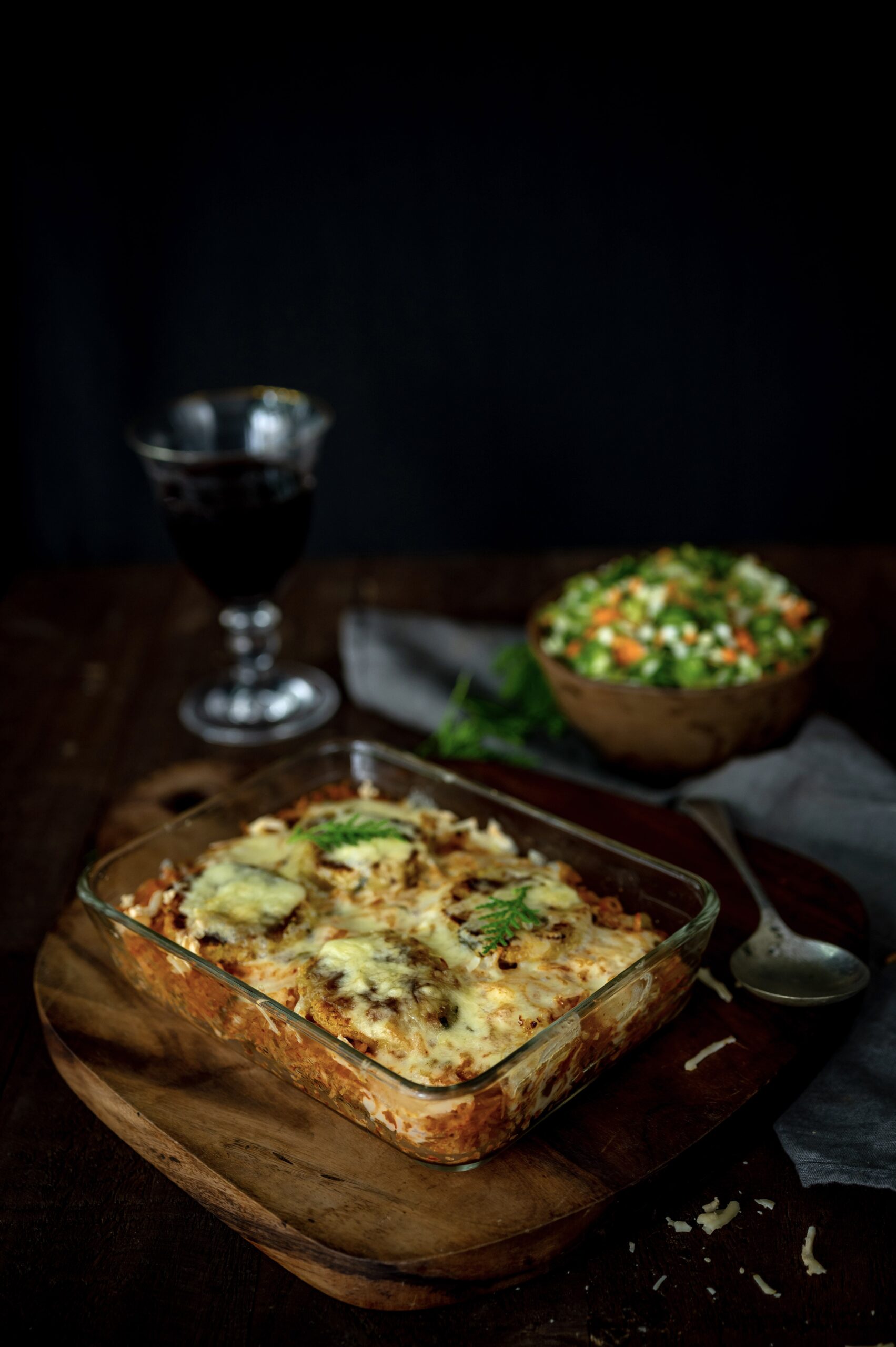
Mexican Rice
(Yield: Serves 2)
2 tablespoons finely chopped onions
1 teaspoon chopped garlic pods
1-2 teaspoons jalapeños
1 teaspoon oil
½ cup uncooked rice
1 cup finely chopped vegetables
2 cups hot vegetable stock (liquid)
Salt to taste
2 tablespoons Mexican chipotle powder
2 tablespoons tomato purée
Optional:
Potato patties
Cheese
Sauté the onions, garlic, jalapeños and vegetables in oil. Add the uncooked rice to it. Stir and roast for a minute.
Then, add the vegetable stock, salt and Mexican chipotle. Mix and cover. Allow to cook gently on a low flame until the liquid evaporates and or the rice is cooked. Make sure the rice is not over-cooked as it requires some baking later.
Once the rice has cooked enough, empty it into a baking dish. Level it. This is the point where I place my potato patties or cutlets on top and sprinkle them with cheese. You can avoid this if you want a more authentic version. Or you could let me know if you want the potato patty recipe as well?
Bake for 15 minutes at 160°, or until the cheese melts. Serve hot.
I hope this Mexican rice – a dish I first encountered by travelling through a cookbook – brings you much joy, and helps you create some happy memories too!
